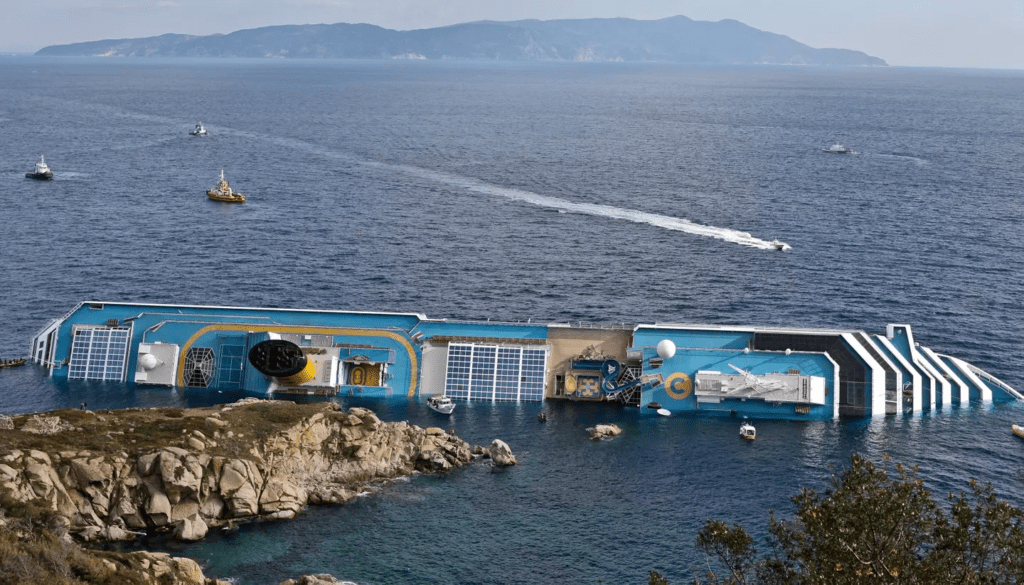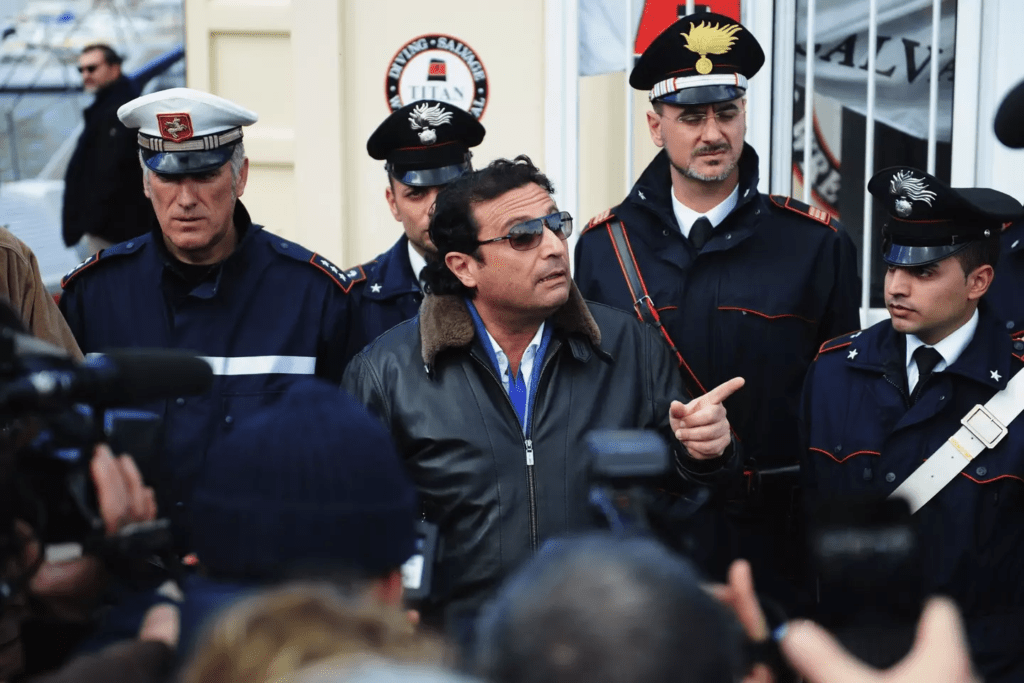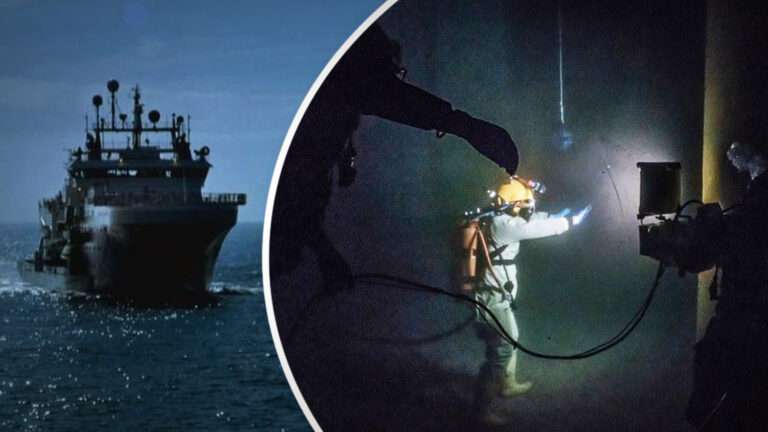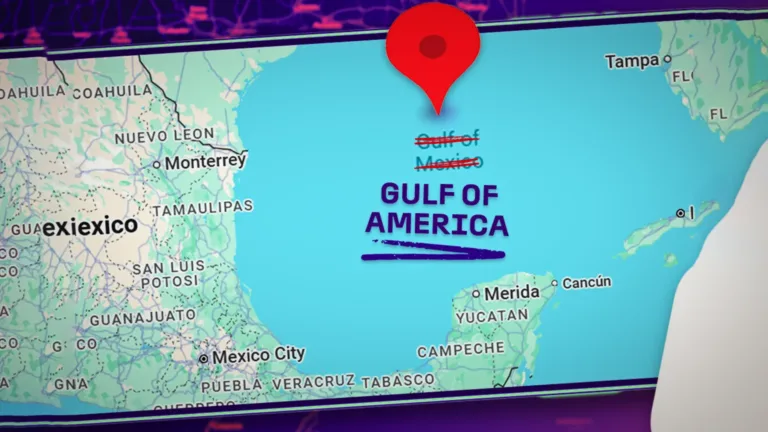Tragedy at Sea: How the Costa Concordia Disaster Claimed 33 Lives and Changed Maritime Safety Forever

The sinking of the Costa Concordia remains one of the most infamous maritime disasters in modern history. The ship’s captain, Francesco Schettino, was at the center of the tragedy, accused of reckless behavior that led to the loss of 33 lives. Allegedly, his actions were motivated by an attempt to impress a woman—a claim that adds a layer of scandal to the already harrowing events of January 13, 2012. This tragic incident became a symbol of human error and misjudgment, sparking widespread debate about the responsibilities of those in charge of passengers’ safety.
A Night That Changed Thousands of Lives
On that fateful evening, the Costa Concordia, a luxurious cruise liner, had just set sail on a seven-day Mediterranean voyage. The ship departed from Civitavecchia, near Lazio on Italy’s coastline, and carried more than 4,000 passengers and crew members. A few hours into the journey, the vessel approached the picturesque holiday island of Giglio. The passengers, eager for a scenic view, had no idea that their dream vacation would soon become a nightmare.

Captain Schettino decided to perform a “sail by,” a maneuver intended to give passengers a closer view of the island and delight locals with a maritime salute. This decision, however, proved catastrophic. The ship deviated from its planned course and collided with an outcrop of rocks, tearing a 35-meter gash in its hull. The force of the collision created an immediate crisis, and the ship began to flood rapidly, with water pouring into the lower levels and engine rooms. It was an event that no one on board would ever forget, especially those who did not survive.
A Tragic Sequence of Events
As water rushed into the engine room, the Costa Concordia began to tilt. Panic ensued among passengers as the massive ship partially sank after settling on an underwater ledge. The tilt created dangerous conditions, making it nearly impossible for people to stay upright. The evacuation process was disorganized, with many passengers unsure of where to go or how to reach safety. Despite the chaos, Captain Schettino abandoned the vessel early in the rescue efforts, fleeing in a lifeboat. He later claimed he had “fallen” into it, a statement that earned him the nickname “Captain Coward.” His actions were heavily scrutinized, and his reputation as a captain was forever tarnished.
The disaster resulted in the tragic deaths of 33 people, with some bodies only being recovered years later. Survivors reported a harrowing ordeal, with many criticizing the lack of clear evacuation protocols and the captain’s failure to take charge during the emergency. There were widespread reports of passengers who had to fend for themselves in the dark, with no guidance from the crew, further amplifying the public outrage over the incident.
The Scandalous Allegation: Was Love to Blame?
The narrative surrounding Schettino’s motivations took a sensational turn when allegations emerged that he had been distracted by Domnica Cemortan, a 24-year-old Moldovan dancer. Cemortan, who later admitted in court to having an affair with the captain, was reportedly present on the bridge at the time of the incident. The suggestion that his personal relationships might have influenced such a critical decision added an element of scandal that captivated the media.
According to prosecutors, Schettino steered too close to the island to impress Cemortan. However, she denied being a distraction, claiming she was far from the captain when the crash occurred. Despite these denials, the story fueled public outrage and media coverage, painting Schettino as a man whose personal indiscretions cost lives. The ongoing drama in the courts only heightened the sense of injustice, with many questioning how much Schettino’s actions were driven by personal motives versus professional misjudgment.
Schettino’s Defense: Commercial Reasons or Reckless Showmanship?
During his court testimony, Captain Schettino maintained that his decision to alter the ship’s route was not influenced by personal reasons. Instead, he claimed it was meant to entertain passengers, salute a retired captain residing on Giglio, and honor the ship’s head waiter, a native of the island. In his words, he sought to “kill three birds with one stone.” Schettino’s defense was centered around the idea that the diversion was harmless and that he had no intention of putting anyone in danger. However, the outcome was a far different story.
Schettino argued that the maneuver was an “approach” rather than a “touristic route” and insisted that informing the ship’s owners, Costa Crociere, was unnecessary. He even claimed that the decision was made in the best interests of the passengers. However, an investigative report by Italy’s Ministry of Infrastructures and Transports found that the ship was sailing dangerously close to the coastline at night, at a high speed of 15.5 knots. These conditions, combined with inadequate lighting in the area, contributed significantly to the disaster. Schettino’s dismissal of these risks added to the outrage, with many questioning his judgment and whether he was acting recklessly to impress others rather than ensuring the safety of those on board.
Aftermath: Justice and the $2 Billion Price Tag
Following an exhaustive investigation, Schettino was convicted of multiple offenses, including manslaughter, causing a shipwreck, and abandoning his passengers. In 2017, after exhausting his appeals, he began serving a 16-year prison sentence. As of today, he remains incarcerated, halfway through his term. His conviction sent a strong message to the maritime industry about the importance of accountability in the event of a disaster. The case also shed light on the need for more stringent laws governing captain behavior and passenger safety.
The Costa Concordia disaster also came with a staggering financial cost. The total expenses, including compensation, legal fees, and the removal of the shipwreck, are estimated at approximately $2 billion (£1.56 billion). This makes it one of the most expensive maritime accidents in history. The environmental impact of the wreck was also significant, requiring extensive efforts to remove the wreckage from the waters and prevent further damage to the surrounding ecosystem. This added to the financial and environmental toll of the catastrophe.

Lessons Learned and Maritime Safety Reforms
The Costa Concordia disaster underscored critical flaws in maritime safety protocols. In its aftermath, international regulations for passenger ships were reviewed and strengthened. The incident also led to a renewed emphasis on proper evacuation procedures and crew training to ensure the safety of passengers in emergencies. Maritime safety experts stressed the need for better preparedness in the face of emergencies, as well as better communication between crew members and passengers during such crises.
The wreckage of the Costa Concordia was eventually salvaged in one of the largest and most complex recovery operations ever undertaken. The removal process took over two years and involved innovative engineering techniques, reflecting the sheer scale of the disaster. The event also highlighted the importance of long-term planning for dealing with the aftermath of such tragedies, including both the physical and psychological effects on survivors and their families.
Public Reactions and Media Frenzy
The scandalous details surrounding the Costa Concordia’s sinking—particularly the allegations involving Schettino’s affair—captivated audiences worldwide. News outlets and social media were flooded with opinions and memes, many of which mocked the disgraced captain. The hashtag #CaptainCoward trended for weeks, highlighting public anger over Schettino’s actions. The media frenzy only amplified the sense of injustice, with many people across the globe expressing their outrage over how a man in such a critical position could behave so recklessly.
For survivors and the families of the victims, however, the event was no laughing matter. Many have spoken out about their ongoing trauma, and memorials continue to be held to honor those who lost their lives. The emotional scars from that night remain with many of the survivors, and the tragedy is a painful reminder of the importance of accountability and the need for safeguards in place to protect those at sea.
A Legacy of Tragedy and Accountability
The Costa Concordia disaster is a stark reminder of the devastating consequences of human error and negligence. While the motives behind Schettino’s actions may never be fully understood, the incident serves as a cautionary tale for the maritime industry and a somber chapter in modern history. The event is also a symbol of the importance of effective leadership in times of crisis and the critical need for captains to prioritize the safety of their passengers above all else.
For more on maritime safety and related incidents, you can visit resources like the International Maritime Organization (IMO) and Cruise Law News. These organizations are committed to improving safety standards and ensuring that such tragedies are not repeated in the future.
Featured Image Credit: Laura Lezza/Getty Images/John Cantlie/Getty Images






